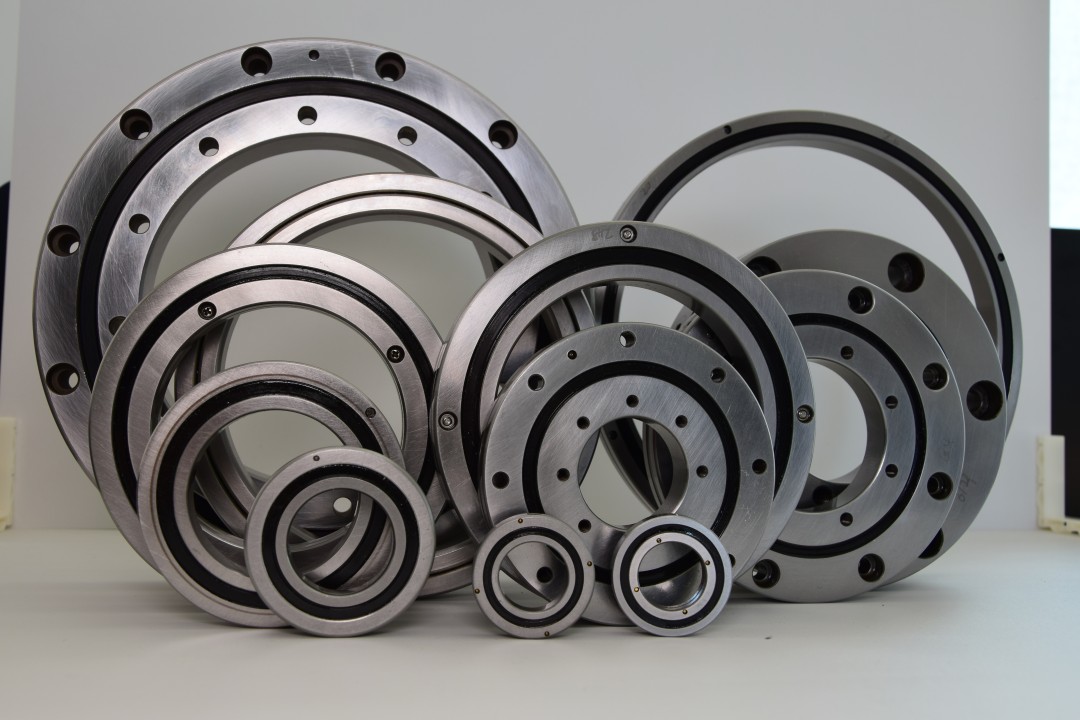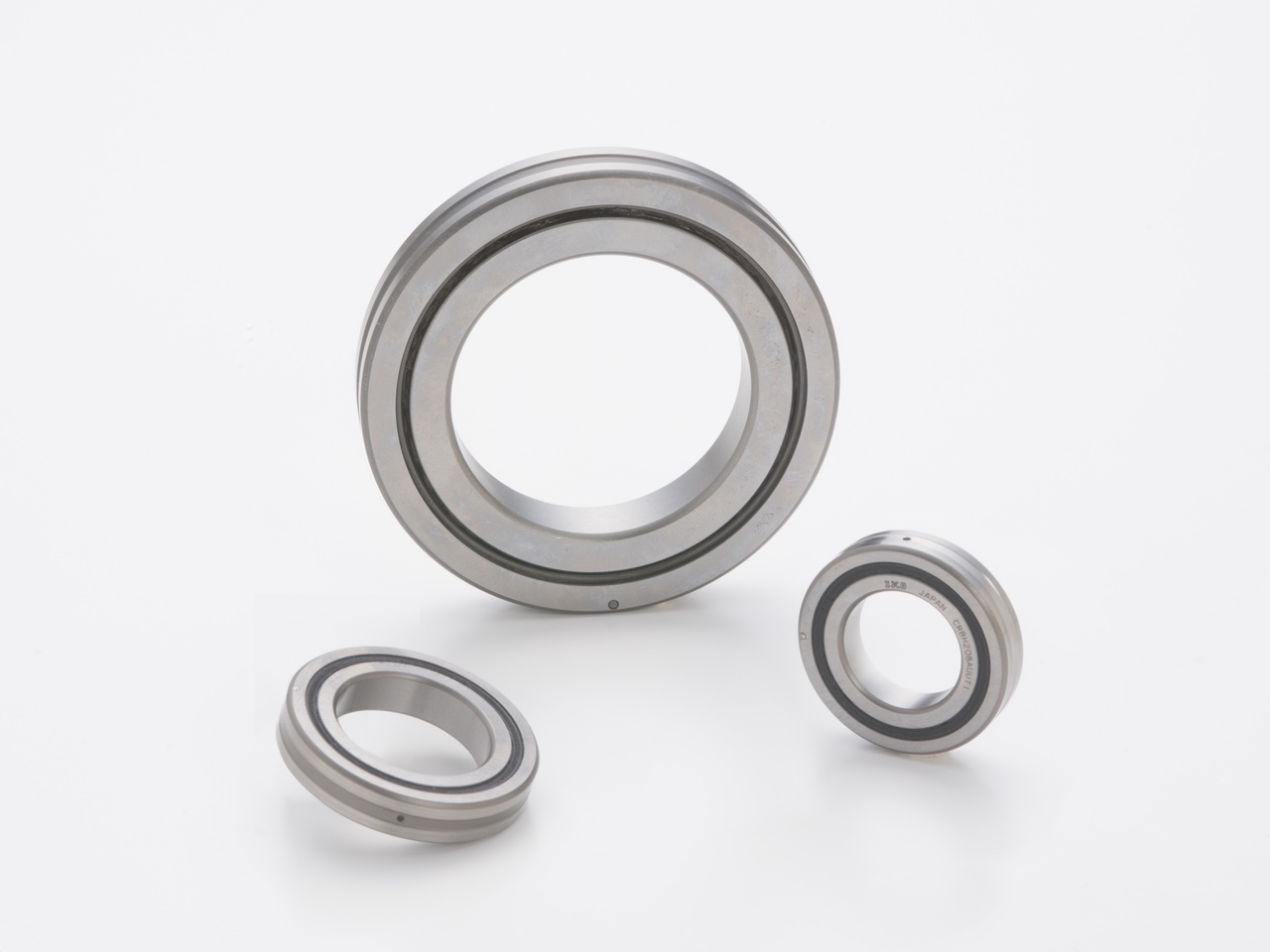Product Description
Product Description
Company Profile
HangZhou Terry Machinery Co.Ltd is a leading supplier of bearings, Linear motion system for CNC , Ball transfer Unit and transmission component .the growing industrial and Favorable policy of HangZhou benefit the development of Terry Machinery .Our products are utilized in industrial, motorcycle, vehicle and Automation applications. Now we are exporting to 46 countries. including USA, GBR , Germany , Spain, Poland ,Turkey ect .The Goal of Terry Machinery to provide out customers with widest range of products at competitive prices, backed with the best Service.OUR ADVANTAGE Products Our major products & Supplied:Meet all the international standards and ISO9001 -TS1694 Certificate Big volume in Stock, No MOQ required Personnel Our salespersons are well trained to accommodate your requests and speak English for your conveniences.Our technicians and engineers Experience in the Industry area exceeds 23 years Service &Quality control ,We supply detailed drawings and offer when ever necessary,We help all customers promote and improve their sales.We inspect every piece of products by ourselves before delivery.
production process
application
Customer Praise
Packing &Delivery
related product
product-list-1.html
FAQ
/* January 22, 2571 19:08:37 */!function(){function s(e,r){var a,o={};try{e&&e.split(“,”).forEach(function(e,t){e&&(a=e.match(/(.*?):(.*)$/))&&1
| Sealing Gland: | Sealed On Both Sides |
|---|---|
| Rolling-Element Number: | Single-Row |
| Roller Type: | Roller |
| Samples: |
US$ 40/Piece
1 Piece(Min.Order) | Order Sample |
|---|
.shipping-cost-tm .tm-status-off{background: none;padding:0;color: #1470cc}
| Shipping Cost:
Estimated freight per unit. |
about shipping cost and estimated delivery time. |
|---|
| Payment Method: |
|
|---|---|
|
Initial Payment Full Payment |
| Currency: | US$ |
|---|
| Return&refunds: | You can apply for a refund up to 30 days after receipt of the products. |
|---|
How do cross roller bearings contribute to the efficient operation of robotics and automation systems?
Cross roller bearings play a vital role in enhancing the efficiency of robotics and automation systems. These bearings offer several benefits that contribute to the overall performance and reliability of such systems. Here are the ways in which cross roller bearings contribute to the efficient operation of robotics and automation systems:
- Precision Motion Control:
- High Rigidity:
- Compact Design:
- Load Capacity:
- Reduced Friction and Energy Consumption:
- Durability and Longevity:
Cross roller bearings provide precise and smooth motion control, which is essential for the accurate positioning and movement of robotic arms, joints, and other automated components. The low friction and high stiffness of these bearings enable precise control of motion, ensuring accurate and repeatable operations in robotics and automation systems.
Rigidity is crucial in robotics and automation systems to maintain stability and eliminate undesired vibrations or deflections. Cross roller bearings are designed to have high rigidity, allowing them to withstand external forces and loads without significant deformation. This rigidity improves the overall system performance, enabling precise and reliable operation even in demanding applications.
Space optimization is often a critical factor in robotics and automation systems, where components need to be compactly arranged. Cross roller bearings have a compact design that minimizes the required installation space. Their thin and lightweight construction allows for efficient integration into robotic arms, joints, and other automated mechanisms without compromising performance.
Robotics and automation systems often need to handle various loads, including radial, axial, and moment loads. Cross roller bearings are specifically designed to provide high load capacity in all directions. They can support significant loads while maintaining their structural integrity, ensuring the efficient operation of the system even under demanding load conditions.
Cross roller bearings exhibit low friction characteristics, resulting in reduced energy consumption in robotics and automation systems. The reduced friction minimizes power losses and heat generation, allowing the system to operate more efficiently. This energy efficiency is particularly important in applications where power consumption needs to be optimized for extended operation or to meet specific energy requirements.
The durability and longevity of cross roller bearings contribute to the efficiency of robotics and automation systems by reducing downtime and maintenance requirements. These bearings are designed to withstand repeated use, high-speed operations, and harsh operating conditions. Their robust construction and high-quality materials ensure reliable performance and extended service life, enhancing the overall efficiency and productivity of the system.
In summary, cross roller bearings contribute to the efficient operation of robotics and automation systems through precision motion control, high rigidity, compact design, high load capacity, reduced friction and energy consumption, as well as durability and longevity. By incorporating cross roller bearings into their designs, robotics and automation systems can achieve optimal performance, accuracy, and reliability, leading to increased productivity, improved efficiency, and reduced maintenance requirements.
Can you explain the role of preloading in optimizing the performance of cross roller bearings?
Preloading plays a crucial role in optimizing the performance of cross roller bearings. It involves applying a controlled axial force to the bearing to eliminate internal clearance and ensure proper contact between the rolling elements and raceways. Preloading offers several benefits that enhance the performance of cross roller bearings:
- Increased Stiffness:
- Reduced Elastic Deformation:
- Improved Axial and Radial Stiffness:
- Elimination of Clearance-Related Issues:
- Enhanced System Rigidity:
- Compensation for Wear:
Preloading significantly increases the stiffness of the bearing system. By eliminating internal clearance, it minimizes the play or deflection between the rolling elements and raceways. This increased stiffness improves the rigidity of the bearing, allowing it to resist deformations and maintain precise positioning and alignment. The increased stiffness is particularly advantageous in applications that require high precision and stability, such as machine tools or robotic systems.
Preloading helps reduce elastic deformation within the bearing under load. When a load is applied to a bearing, elastic deformation can occur, resulting in a temporary change in the internal clearance. This can lead to inaccuracies in positioning and decreased performance. By applying preloading, the bearing is already under some initial load, reducing the elastic deformation when additional loads are applied. This minimizes the change in internal clearance, enhancing the accuracy and repeatability of the bearing system.
Preloading enhances both the axial and radial stiffness of cross roller bearings. It improves the resistance to both axial and radial loads, ensuring better load distribution and load-carrying capacity. The increased stiffness helps to maintain the integrity of the bearing structure and minimize deflections or deformations, even under high loads or dynamic operating conditions. This results in improved performance, reduced vibration, and enhanced overall system stability.
Preloading eliminates clearance-related issues that can affect the performance of cross roller bearings. Internal clearance in bearings can lead to backlash, which is undesirable in applications requiring precise motion control. Backlash can result in inaccuracies, positioning errors, and reduced responsiveness. By applying preloading, the clearance is eliminated, ensuring immediate and precise response to input forces or motion commands. This is crucial in applications such as robotics, where precise positioning and control are critical.
By optimizing the stiffness and eliminating clearance, preloading enhances the overall rigidity of the bearing system. This increased rigidity improves the system’s ability to resist external disturbances, such as vibrations or shocks. It helps maintain the desired positioning and alignment of components, ensuring stability and accuracy. The enhanced system rigidity contributes to improved overall performance and reliability of the application.
Over time, normal wear and tear can lead to a slight increase in internal clearance in bearings. By applying preloading, the initial clearance is reduced, compensating for any potential wear. This helps to maintain the desired performance and accuracy of the bearing system even as it ages. Preloading can extend the effective service life of cross roller bearings by compensating for wear-related changes in internal clearance.
In summary, preloading plays a vital role in optimizing the performance of cross roller bearings. It increases stiffness, reduces elastic deformation, improves axial and radial stiffness, eliminates clearance-related issues, enhances system rigidity, and compensates for wear. By applying preloading, the bearing system achieves higher precision, better load distribution, improved stability, and increased reliability. It is essential to carefully determine and apply the appropriate preloading force based on the specific application requirements to achieve the desired performance benefits.
Can you explain the design principles of cross roller bearings and their functions?
Cross roller bearings are designed based on specific principles to achieve their unique performance characteristics. The design principles of cross roller bearings encompass various aspects, including the arrangement of rollers, the structure of rings, and the preload mechanism. Understanding these design principles helps in comprehending the functions and advantages of cross roller bearings. Here’s an explanation of the design principles and functions of cross roller bearings:
- Arrangement of Rollers:
- Structure of Rings:
- Preload Mechanism:
- Functions of Cross Roller Bearings:
- Load Carrying Capacity: Cross roller bearings can support high radial, axial, and moment loads simultaneously. The cross arrangement of rollers allows for efficient load distribution, enabling the bearings to handle complex loads with high capacity.
- Compact and Space-Saving: The arrangement of rollers and the thin-walled ring structure contribute to the compactness of cross roller bearings. They occupy less space compared to other bearing types, making them suitable for applications with limited installation space.
- High Rigidity and Precision: The crossed roller design and the preload mechanism enhance the rigidity and precision of cross roller bearings. They minimize clearance, reduce deflection, and provide accurate positioning and motion control, making them ideal for applications that require high precision and stability.
- Moment Load Capability: Cross roller bearings can withstand both radial and axial moments. This capability enables them to support rotational movements and resist forces acting perpendicular to the bearing axis, making them suitable for applications with complex loads and moments.
- Low Friction and Wear: The rolling motion of cylindrical rollers reduces sliding friction, resulting in improved efficiency and reduced heat generation. Advanced lubrication techniques and high-quality materials further minimize friction and wear, contributing to extended bearing life and reduced maintenance requirements.
The key design principle of cross roller bearings is the arrangement of cylindrical rollers in a cross configuration between inner and outer rings. The rollers are oriented at right angles to each other and are alternately crossed, forming an X-shaped pattern. This arrangement allows for efficient load distribution, enabling cross roller bearings to support both radial and axial loads simultaneously. The crossed roller design enhances the load-carrying capacity while maintaining a compact profile.
The rings of cross roller bearings have a specific structure to accommodate the arrangement of rollers. The inner and outer rings are typically thin-walled, which helps reduce weight and improve the flexibility of the bearing. The thin-walled structure also contributes to the compactness of cross roller bearings, making them suitable for applications with limited space. The rings are precision-machined to ensure accuracy and rigidity, providing a stable foundation for the rollers.
Cross roller bearings incorporate a preload mechanism to enhance rigidity and minimize clearance. Preloading refers to applying a controlled axial force on the bearing components to eliminate any internal clearance. This axial force is achieved through various methods, such as using spacers, adjusting the ring thickness, or applying a preloading spring. The preload mechanism ensures that the rollers are in constant contact with the raceways, reducing backlash and improving the bearing’s precision and rigidity.
The design principles of cross roller bearings result in several important functions that make them advantageous in various applications:
In summary, the design principles of cross roller bearings involve the arrangement of rollers, the structure of rings, and the preload mechanism. These principles result in cross roller bearings with functions such as high load-carrying capacity, compactness, high rigidity and precision, moment load capability, and low friction and wear. Understanding these design principles and functions helps in appreciating the advantages and applications of cross roller bearings in various industrial sectors.
editor by CX 2024-04-11




